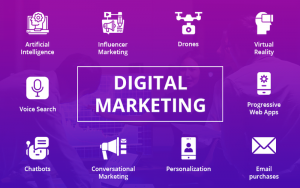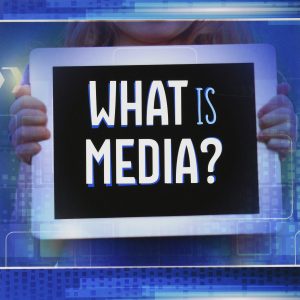Short Form Content vs. Long Form Content: Which Is Better?

Chargomez1
Introduction
In the vast landscape of content marketing, a constant debate ensues over the effectiveness of short form content versus long form content. Both have their merits, and their effectiveness often depends on the context, goals, and audience they serve. Understanding the intricacies of each is vital for anyone aiming to harness the power of content to engage audiences and achieve specific outcomes.
Also Read:- SaaS Content Marketing Guide: Building a Strategy that Increases Brand Awareness and Influences Revenue
Short Form Content is typically concise, to-the-point, and designed to be consumed quickly. Examples include social media posts, short blog entries, and quick explainer videos. Its brevity is both its strength and limitation. On one hand, in a world where attention spans are dwindling, short form content can capture and convey a message swiftly. On the other, its depth and detail are inherently limited.
Long Form Content, conversely, is detailed, in-depth, and provides comprehensive insights on a subject. This category encompasses guides, extensive articles, lengthy videos, and ebooks, among others. While it demands more time and attention from its audience, it offers depth, showcases authority, and can deeply engage those truly interested in the topic.
Short Form vs. Long Form: The Battle of Content Lengths
1. Engagement: Short form content is snackable, making it perfect for quick consumption. It’s shareable, can go viral, and often serves as the initial touchpoint with an audience. Long form, meanwhile, dives deep, often resulting in prolonged engagement, fostering trust and showcasing expertise.
2. SEO: From an SEO perspective, long form content generally has the edge. Search engines, especially Google, favor in-depth content that provides comprehensive information, leading to better rankings. Moreover, longer content typically receives more backlinks, further bolstering its SEO value.
3. Audience Targeting: Short form content often caters to a broader audience, casting a wide net. It’s perfect for catching the eye of casual browsers. Long form content, on the other hand, targets a more niche segment, appealing to those seeking in-depth knowledge or solutions.
4. Conversion Potential: While short form content can generate initial interest, long form content often excels in driving conversions. The depth of long form content can effectively move readers through the sales funnel, from awareness to consideration and, ultimately, to the decision stage.
5. Production Time & Cost: Naturally, short form content is quicker and often cheaper to produce. Long form content requires more research, effort, and resources, but its potential ROI, in terms of audience engagement and conversion, can justify the investment.
Which is Better?
The question of superiority between short form and long form content isn’t a matter of absolute betterment but of appropriateness. Here’s a nuanced perspective:
- Consider Your Goals: If you’re looking for quick engagement, brand visibility, and social shares, short form content can be your ally. However, if you aim to establish authority, improve search rankings, and drive conversions, long form content is more effective.
- Understand Your Audience: For audiences seeking quick answers or browsing on mobile devices, short snippets of information might resonate better. For those diving deep into research or looking for comprehensive solutions, longer, detailed content is more apt.
- Platform Matters: Platforms like Twitter or TikTok naturally favor short, snappy content. In contrast, platforms like LinkedIn, Medium, or your own blog might be more conducive to long form content.
- Balance is Key: Instead of exclusively leaning one way, consider a balanced content strategy. Use short form content to attract and engage, then deploy long form content to educate, nurture, and convert.
In conclusion, neither short form nor long form content is universally superior. They serve different purposes, cater to varied audience needs, and thrive on distinct platforms. The most effective content strategy recognizes the strengths and limitations of both, using them in tandem to create a holistic, impactful narrative that resonates with its intended audience.








